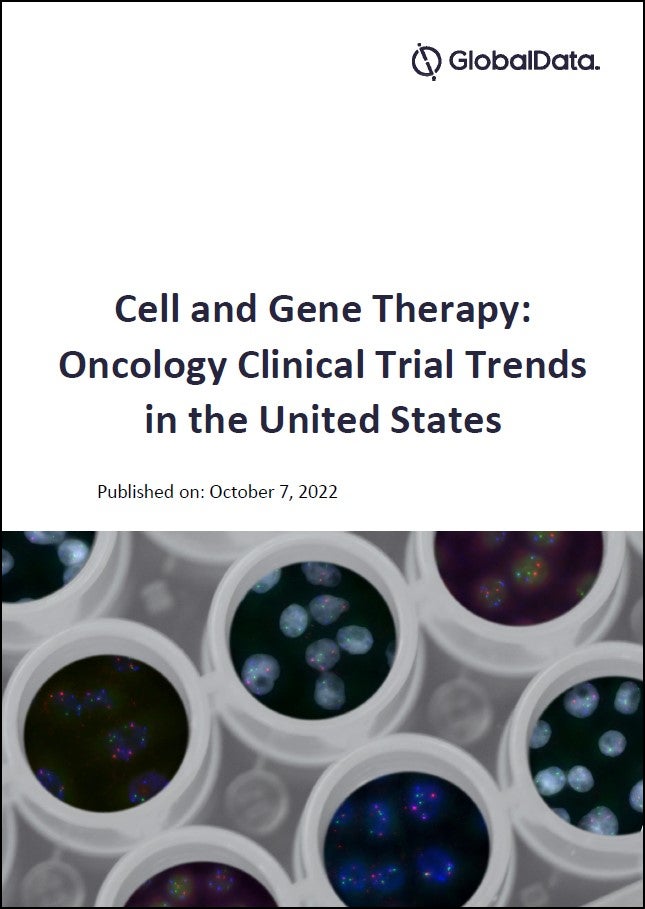Patient recruitment is one of the most difficult challenges faced when running clinical trials, and is particularly acute in oncology trials. A considerably low number of 3 percent of potential patients volunteer to participate in oncology clinical trials. The difficulty in recruitment can cause overall delays to such trials. Currently less than 20 percent of studies are on-time, meaning the majority of the trials fail to meet initial plans and expectations. There are many reasons why patient recruitment remains a challenge:
- Awareness of Clinical Trials – Lack of awareness is one of the foremost reasons patient recruitment is an obstacle. Awareness has risen over the last few years, however, it is still very low and not often discussed with patients at the right time of treatment.
- Misconceptions about Oncology Studies – There are many misconceptions with oncology trials, such as the occurrence of a serious adverse event. Many potential patients also have the mistaken belief, oncology trials are only appropriate when all forms of treatment have been tried and tested. The misconceptions surrounding oncology trials come down to low awareness of the details of the trial, as well as a vague understanding about the overall conduct of the trial.
- Patient-centric Oncology Trials are more popular – While designing the technical components of clinical studies, it can often be forgotten the first point of interaction between a patient and a sponsor company is a clinical trial. The outcome can cause an unnecessary burden on patients already in a challenging situation. As a result, this can lead to unhappy patients, low recruitment and high dropout rates.
Furthermore, a lack of focus on the patients throughout the trial can be a negative point to deter them from participating. The aim of a patient-centric clinical trial is to provide a convenient and pleasant journey for the patient, which lessens the burden of participation.
How well do you really know your competitors?
Access the most comprehensive Company Profiles on the market, powered by GlobalData. Save hours of research. Gain competitive edge.

Thank you!
Your download email will arrive shortly
Not ready to buy yet? Download a free sample
We are confident about the unique quality of our Company Profiles. However, we want you to make the most beneficial decision for your business, so we offer a free sample that you can download by submitting the below form
By GlobalData- Finding the Right Patients – Recruiting the right patients in oncology is particularly difficult, as patients need to be eligible for the trial. While the patients need to be diagnosed with cancer, they cannot be too ill to complete the entire duration of the study.
Evidently, patient recruitment is a huge problem within oncology trials. However, there are ways to tackle this. The phenomenon that is social media has become a powerful communication tool and is increasingly being used within the clinical trial space. Does the practice of using social media as a tool to recruit patients really work, or is it just another example of an insufficient process?
Harness the Power of Social Media
Social media channels are particularly effective in grabbing the attention of individuals and are a solution to overcome the challenges of patient recruitment. The average person checks social media 17 times a day. During this time, they are browsing on social media and may also seek information about and/or support for their disease. Using one opportunity of 17 daily check-ins to reach potential patients with clear and actionable information is very possible.
Social media is a solution that enables efficient targeting, is measurable, and provides actionable education, as well as accurate demographic and user disposition. While using it to recruit patients, social media can also act as an opportunity to promote the trial. Communication with patients is key when interacting online. For clinical trial sponsors, a patient communication strategy must vary by geography in order to reflect the cultural differences between regions.
Patient Retention Complications – Could Home Nursing be the Answer?
Now that you have recruited participants it can often be a challenge to get patients to return to the study through follow up. Patients usually fall very sick and are unable to travel to the study site resulting in the trial not reaching its endpoint and incomplete data.
Home nursing is the predominant solution to tackle this obstacle. Home nursing can reduce the risk of patient dropouts by bringing the study to the patient’s home, which removes the requirement of travelling to a trial site. Protocol-specific training, customized visit materials, and a severe quality control process that meets all study requirements is however necessary to conduct successful in-home visits.
Good communication with patients can also tackle this problem. Text messaging is now a widely used tool to communicate with patients. Incorporating this into the trial process to notify and gain updates on patients’ conditions can increase retention rates.
Although patient recruitment and retention can be seen as problematic, particularly in the oncology trial field, there are solutions. With the rise of social media, it is a tool that can be integrated to both recruit and retain patients. While a home nursing situation for patients can be complex logistically to organize, if incorporated into a study, the retention rate of patients can increase.
References:
1. Improving Standards of Patient Recruitment and Retention in Clinical Trials, https://www.oneresearch.co.uk/2014/10/12/improving-standards-of-patient-recruitment-and-retention-in-clinical-trials/
2. How to Maximize Patient Recruitment in Oncology Trials, https://www.covance.com/content/dam/covance/assetLibrary/articles/Covance_playbook_march_2017_final_web.pdf





